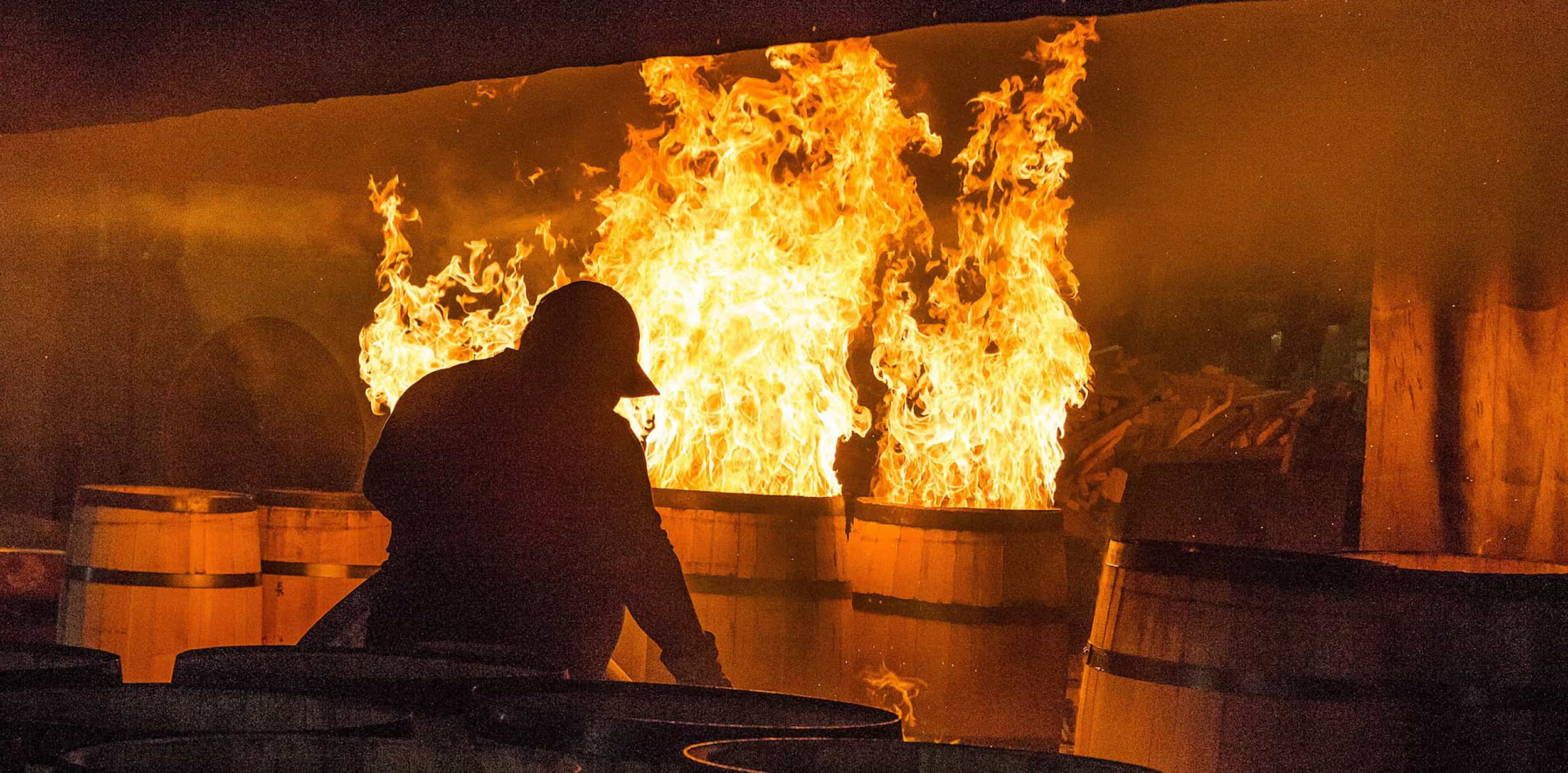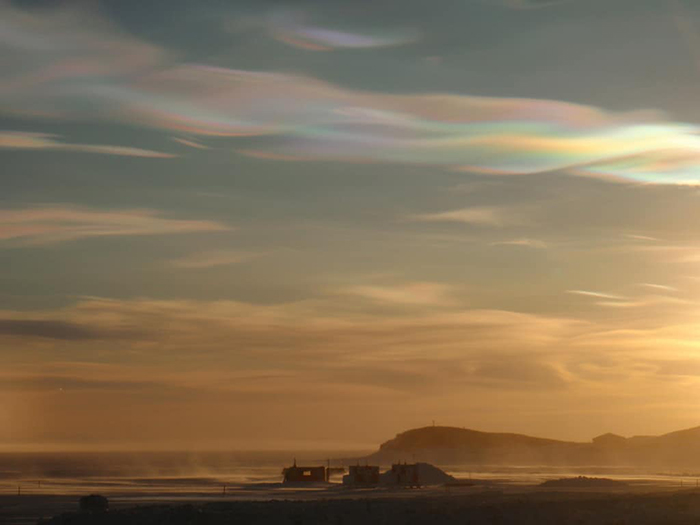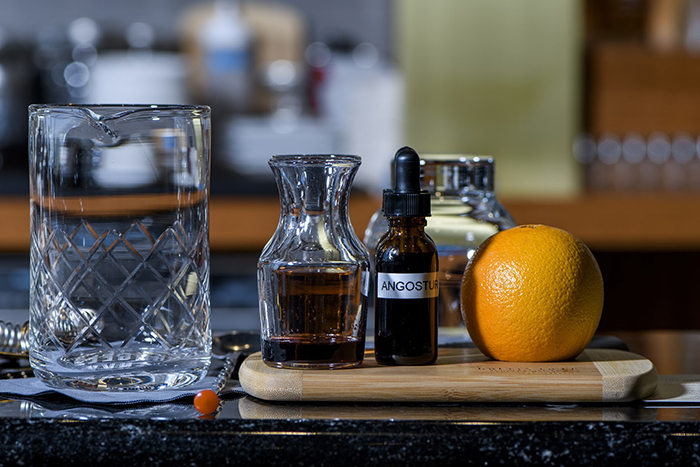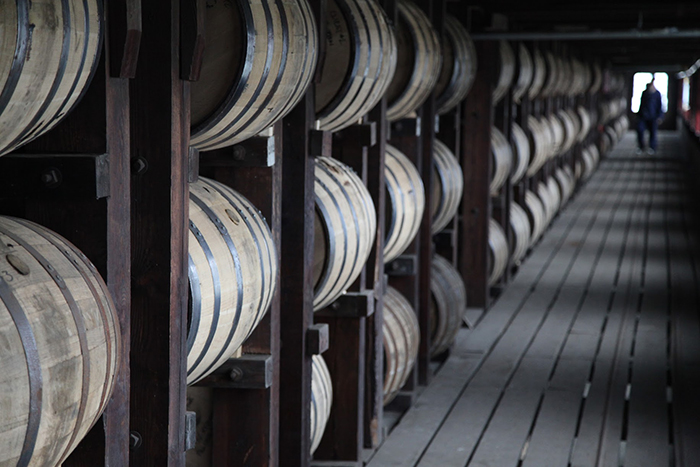Theories about the origins
Short answer: no one really knows, but there are some very interesting theories about the origins. Well-regarded whiskey historians like Mike Veach and Chuck Cowdery don’t even claim to know for certain, but almost everyone agrees: no matter how it started, it’s been a good thing. The practice has been traced back as far as the fifteenth century, when cognac distillers in France would store their spirits in charred barrels. But why?2
Short answer: no one really knows, but there are some very interesting theories about the origins. Well-regarded whiskey historians like Mike Veach and Chuck Cowdery don’t even claim to know for certain, but almost everyone agrees: no matter how it started, it’s been a good thing. The practice has been traced back as far as the fifteenth century, when cognac distillers in France would store their spirits in charred barrels. But why?1
It’s possible that charring was simply a byproduct of coopering practices. The barrel-maker would toast the interior of a stave in order to make it more pliable and able to be bent inward. Over time, distillers might have noticed that a heavier level of char imparted better flavors in their spirit, and the process could have been a gradual evolution that spread slowly over time. It’s reasonable to assume that this practice could easily have made its way to Kentucky amongst the waves of Scotch and Irish immigrants. It’s even possible that Kentucky distillers began to char their barrels like the Cognac producers in France to appeal to the French settlers in New Orleans, where the whiskey was often shipped.1
Another popular theory is a little less savory. Hundreds of years ago, distillers weren’t as discerning in their tastes, and it was a common practice to reuse barrels. Other spirit barrels? Sure, but also barrels that might have stored things like fish, pickles or hog parts—whatever, they weren’t picky. In order to rid the barrels of any offensive flavors, distillers would deeply char the interiors to avoid contaminating their spirits with fish-forward notes.1
The one thing that everyone seems to agree on is that there will probably never be a definitive answer to this question. So any time you hear a colorful origin story that claims to know the truth, it’s okay to be a little skeptical. Sometimes the discussion is more fun than the answer.
Sources:
- http://www.straightbourbon.com/forums/archive/index.php/t-2219.html
- http://www.whiskymag.com/magazine/issue34/12005506.html






